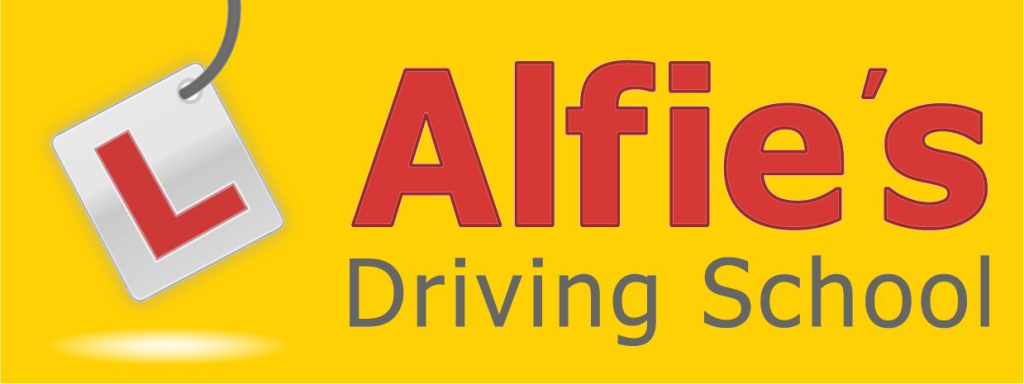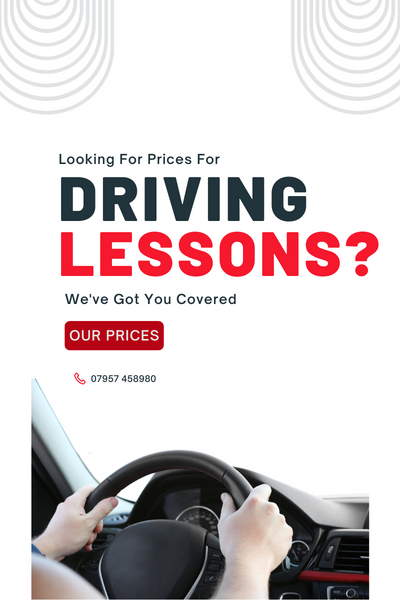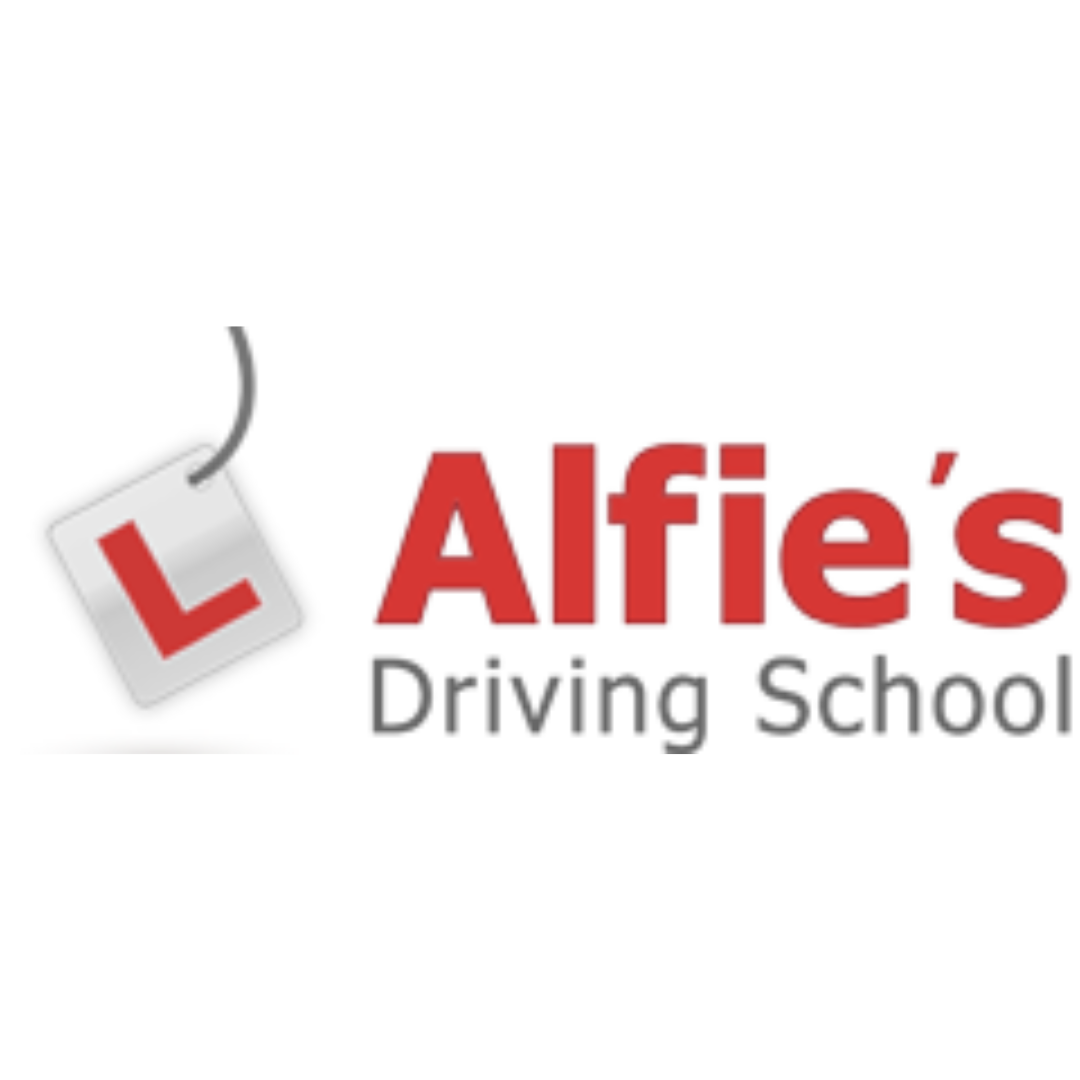Understanding stopping distances
Understanding stopping distances is one of the most important parts of learning to drive safely. Leaving enough space between you and the car in front will help to prevent accidents and avoid unnecessary incidents. Keep reading to discover what factors affect stopping distance and how you can easily adopt the best techniques to maintain safe driving practises.
Thinking distance
Stopping distance is the distance it takes you to stop your car, but it is made up of two components: braking distance and thinking distance.
Thinking distance is the time it takes you to realise that there is a problem before you can start applying the brakes. The faster you are travelling, the greater distance you will cover before being able to come to a full stop.
You may think that you would apply pressure to the brake pedal as soon as you notice a hazardous obstacle, but this is not true.
No matter how fast your reaction time, there will always be a delay between when you first notice a hazard, and when you take action.
There will even be a short amount of time between when you first see the hazard and when your brain recognises that it is a problem.
This is especially common when you are not paying attention to the road properly and if you are distracted by passengers, music, the radio or a speakerphone.
On average, thinking distance at 20mph is approximately 6m, but if you are travelling at 40mph this doubles to 12m!
So, as you double your speed, you are also doubling your thinking time. Ensuring that you pay close attention to the road and other road users is essential if you want to minimise thinking time.
Ho
wever, even under optimum conditions, it still takes time to take action when you notice there is a problem, so this must factor into your stopping time calculations.

Braking distance
Braking distance is the amount of distance your car will cover before coming to a complete stop after you have started braking.
Although at 20mph it will only be 6m, at 40mph the braking distance becomes a whopping 24m!
Remember, in order to calculate overall stopping distance, you will need to add the braking distance and thinking distance together. So, if you are travelling at a 40mph speed, then the combined stopping distance (on average) will be 36 metres.
Obviously, the faster you are travelling, the longer it will take you to stop, so at 70mph, the overall stopping distance is a massive 96 metres. Bear in mind that the average car length is around 4.5m, so at 70mph you will be driving the equivalent length of over 21 cars before you can stop!
The two-second rule
Most driving instructors talk about the two-second rule to help estimate safe following distances.
The two-second rule involves checking that you have left a two-second gap between yourself and the car in front.
This can be worked out by choosing a landmark in the road ahead and timing how long it takes you to reach it, once the car in front has passed it.
Things that affect stopping distance
Stopping distances can be affected by many things, such as following distances, driver distraction, road condition and the condition of your car.
However, the most common issue affecting stopping distance is adverse weather. Rain, ice and snow can all have a dramatic impact on how long it takes your car to stop in the case of an emergency.
The two-second rule applies at any speed, however, should not be used if driving in adverse weather conditions.
In rainy driving conditions, for instance, you should employ the four-second rule in order to maintain a safe distance from the car in front.
When driving on icy roads, stopping distances can be unpredictable.
Therefore, driving speed should be dramatically reduced, and plenty of space should be left between vehicles.




